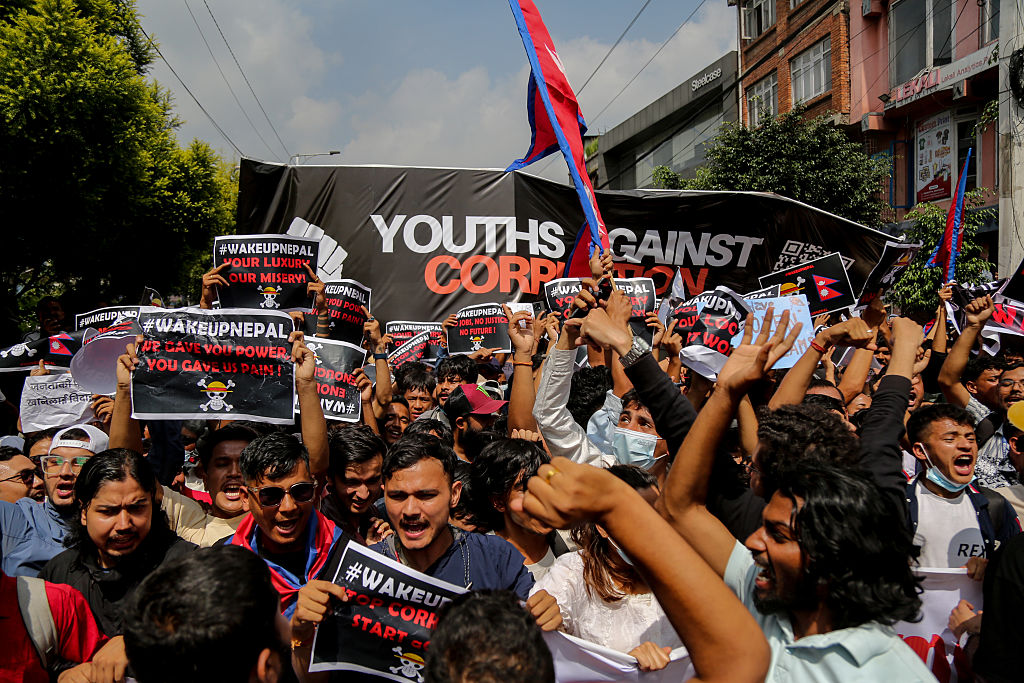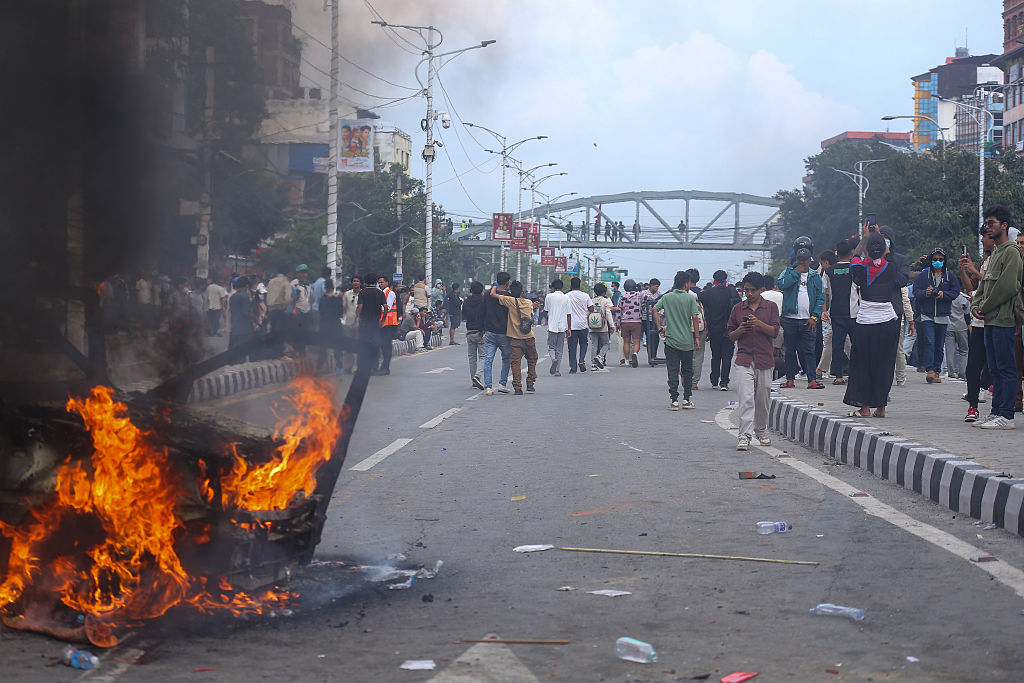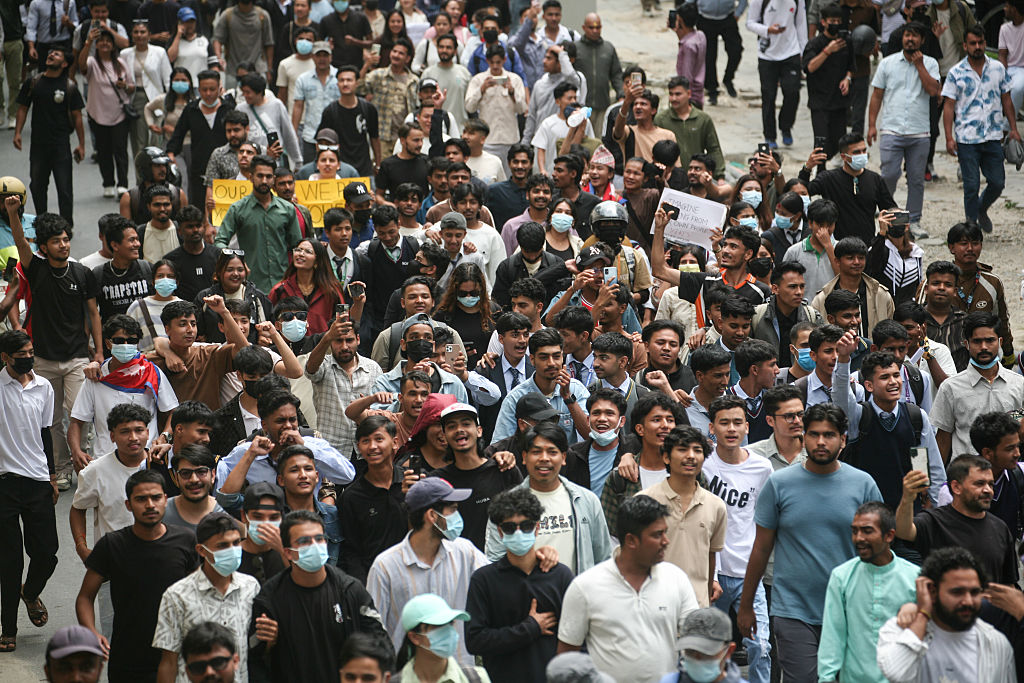The first week of September was unlike anything Nepal has seen in years. It began one morning with crowds of young people, some still in their school and college uniforms, marching through Kathmandu. By the end of the day the scene had changed completely. Fires were burning at government buildings, curfews were announced, and soon after the prime minister gave up his post.
What set this off? On paper, it was a government order shutting down social media platforms such as Facebook, Instagram, YouTube and X. Officials said it was about registration rules, but to young Nepalis, it felt like a gag order. Many of these youngsters study online, pick up side jobs through apps, or just stay connected that way. Taking that away overnight felt like shutting the door on a big part of their lives.
The ban was only the spark, but the anger had been building for years. Stories of corruption such as inflated aircraft deals, failed cooperatives and the extravagant lifestyles of politicians’ children had already created deep resentment. When the phrase #NepoKid began trending, it was not just a joke online. It reflected a sharp contrast between privilege and struggle. A small circle seemed to enjoy everything while ordinary families dealt with unemployment and rising prices.
The frustration exploded. Parliament was broken into, police and crowds fought in the streets, and houses of senior leaders were attacked. More than twenty people have lost their lives and hundreds are hurt. Even heritage buildings and public records were destroyed. Nepal is already among the poorest nations in South Asia, so such damage only deepens the struggle.
Behind the chaos, however, is a generation that no longer trusts its leaders. Nepal has seen multiple prime ministers in just five years. Every new government promises reform, yet young people say little has changed. Jobs are still hard to find. A lot of young people leave for the Gulf or Malaysia. The ones who stay back? They often feel like no one cares.
Of course violence cannot be the solution. Burning down offices or temples will not fix unemployment or corruption, but dismissing these protests as nothing more than unrest would also be a mistake. The real message is that Nepal’s youth want accountability. They want to be heard not only during elections but in the way their country is run every day.
Nepal’s situation also mirrors a larger South Asian reality. The region has a very young population. Frustrations over inequality, corruption and joblessness are bubbling up everywhere. The difference now is that this generation is digitally connected and quick to mobilize. Trying to ban or shut things down rarely calms the situation. Most of the time it just makes the protests louder.
For India, which shares history, culture, and family ties with Nepal, stability there is always important. India and Nepal have been through so many ups and downs together, yet the relationship has always held steady.
The events in September should not only be remembered for the damage. They are a signal. If Nepal’s leaders take the concerns of their young population seriously, there is room to rebuild trust. If they do not, the anger seen this month may only grow stronger.
What is certain is that Nepal’s new generation has found its voice. And it is not going to fade away.












